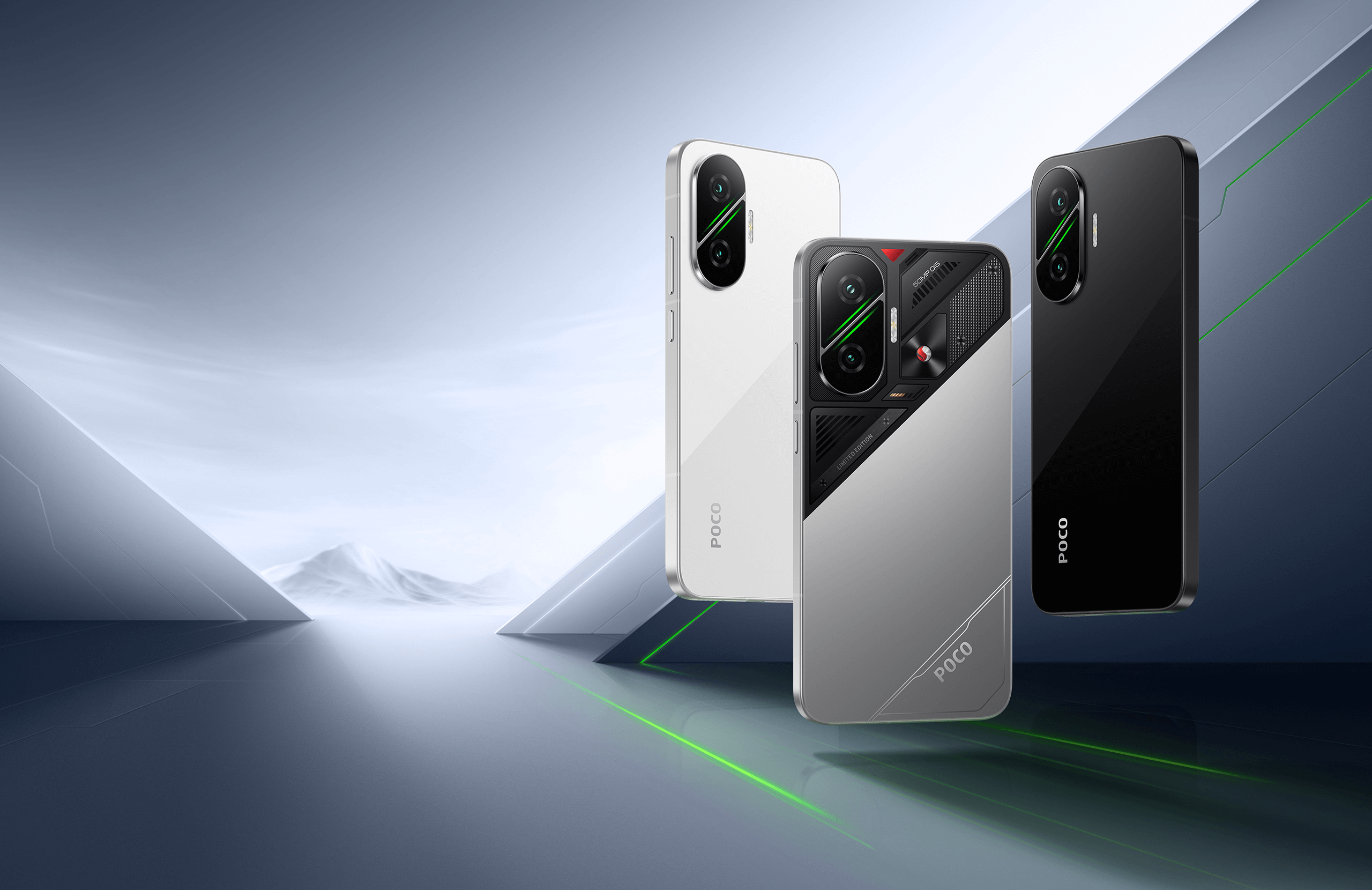 Comparison of Motorola Edge 60 Pro Poco F7
Comparison of Motorola Edge 60 Pro Poco F7
Today, I’m going to be comparing two of the most value-for-money offerings under ₹30,000 to find out which phone suits which kind of target audience. Spoiler alert: there’s not going to be one winner.
Design & Build Comparison of Motorola Edge 60 Pro Poco F7
Starting with the design of the Poco F7 and the Motorola Edge 60 Pro:
The Poco F7 now features a proper glass back, glass front, and a metal frame. The Cyber Silver color looks flashy, but there are more minimal options as well. It does attract fingerprints, so using the provided case is recommended. Both front and back glass are protected by Corning Gorilla Glass 7i.
The Motorola Edge 60 Pro also uses Gorilla Glass 7i on the front but switches to vegan leather on the rear and a plastic frame. It’s a lighter phone with better in-hand feel due to curved edges.
Both phones have military standard 810H certification and IP68/IP69 ratings. They come with USB 2.0 ports and dual nano-SIM support. Motorola offers a dedicated Moto AI button, while Poco includes an IR blaster.
Design preference here is subjective; both have their own strengths.
Display Comparison of Motorola Edge 60 Pro Poco F7
The Poco F7 sports a 6.83″ flat 1.5K 120Hz 12-bit panel. The Motorola Edge 60 Pro has a 6.7″ quad-curved P-OLED 10-bit panel with 120Hz refresh rate.
Despite Motorola having a Pantone-validated display, the Poco’s display feels more neutral. The iQOO Neo 10 is still the most neutral overall.
Poco supports HDR10 and Dolby Vision (Netflix), while the Motorola Edge 60 Pro supports only HDR on YouTube. However, HDR video playback is better on Motorola in terms of gradation and highlight/shadow control.
Motorola is also brighter indoors. Poco claims 1700 nits peak brightness, Motorola 1400 nits — but in real-life usage, both are similarly bright outdoors.
Audio Comparison of Motorola Edge 60 Pro Poco F7
Motorola Edge 60 Pro surprisingly delivers better stereo speaker quality — richer and louder than the Poco F7.
Haptic feedback is better on Poco, with tighter response and widespread vibration integration across the UI. Both phones feature in-display fingerprint scanners.
Both support LHDC and LDAC Bluetooth codecs for high-quality audio.
Performance Comparison of Motorola Edge 60 Pro Poco F7
Poco F7: Snapdragon 8s Gen 4, LPDDR5X RAM, UFS 4.1 storage (available in 12+256GB and 12+512GB).
Motorola Edge 60 Pro: MediaTek Dimensity 8350, LPDDR5X RAM, UFS 4.0 storage (available in 8+256GB, 12+256GB, and 16+512GB).
Poco outperforms Motorola in benchmarks, CPU/GPU stability tests, and real-world gaming with higher average FPS and better thermal control.
Motorola performs well but doesn’t match Poco in raw performance.
Battery Comparison of Motorola Edge 60 Pro Poco F7
Poco F7 has a 7,550 mAh silicon-carbon battery vs. Motorola Edge 60 Pro’s 6,000 mAh.
Poco delivers 12.5 hours of screen-on time; Motorola gives 9.5 hours, showing good optimization.
Both support 90W charging, taking around 51–52 minutes for a full charge.
Poco also supports 22.5W reverse wired charging — useful for charging other devices.
Network & Connectivity
Both phones support all essential 5G bands and deliver strong network performance.
Motorola: Wi-Fi 6E, Bluetooth 5.4
Poco: Wi-Fi 7, Bluetooth 5.4
Both include NFC.
Camera Comparison of Motorola Edge 60 Pro Poco F7
Motorola Edge 60 Pro offers a better hardware package with:
50MP main sensor
50MP ultra-wide
10MP 3x telephoto
50MP selfie
Poco F7 has:
50MP main (inferior sensor)
8MP ultra-wide
20MP selfie
Camera Performance
Motorola captures more detail with the main sensor and performs better at zoom levels beyond 2x due to the optical telephoto lens.
Color accuracy, skin tones, HDR, and ultra-wide performance are all better on Motorola.
Motorola supports macro via the ultra-wide; Poco does not.
In selfies, Motorola offers more detail but has a yellow tint, while Poco adds red tones. Both are average in skin tone accuracy.
Low Light Performance
Primary camera low-light photos are comparable in exposure, but Motorola offers better details.
Motorola dominates in ultra-wide low light shots.
Poco’s low-light selfies are brighter, which some users may prefer.
Video Recording
Motorola lacks 4K 60fps video recording despite capable hardware.
Poco supports 4K 60fps and offers better video quality, detail, and audio capture.
Motorola supports 4K 30fps video from the ultra-wide and selfie cameras, which Poco does not — its ultra-wide and selfie are limited to 1080p.
Software & Updates
Poco F7: HyperOS 2 (Android 15), 4 years major + 6 years security updates
Motorola Edge 60 Pro: Hello UI (Android 15), 3 years major + 4 years security updates
HyperOS has better animations but comes with bloatware and unwanted recommendations. Motorola offers a cleaner experience out of the box.
Motorola’s unique features like Moto Gestures, Smart Connect, Family Spaces, and especially Moto AI add genuine value.
Final Verdict
If you’re a gamer or power user, the Poco F7 with its superior performance and battery life is a solid choice.
If you prefer balanced usage, better cameras, and a cleaner software experience, the Motorola Edge 60 Pro is the better pick.
 Comparison of Motorola Edge 60 Pro Poco F7
Comparison of Motorola Edge 60 Pro Poco F7